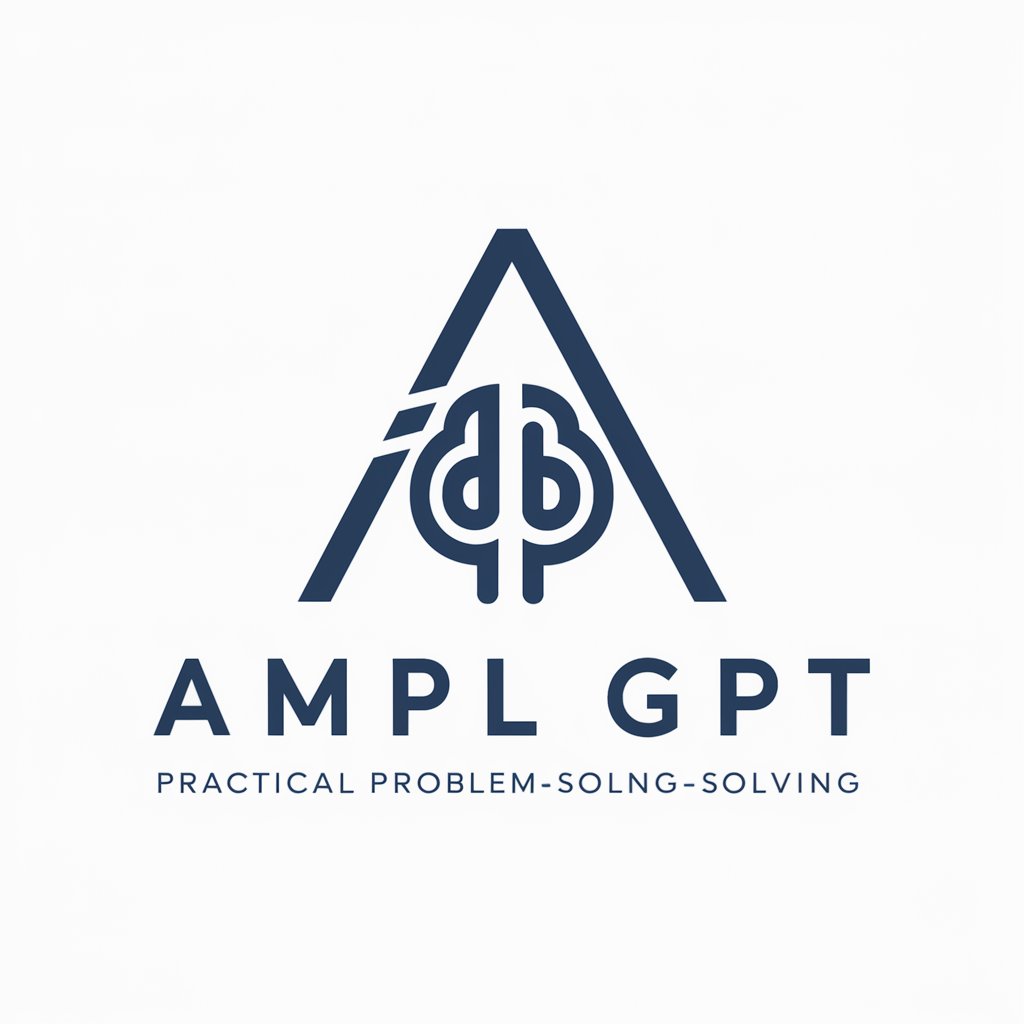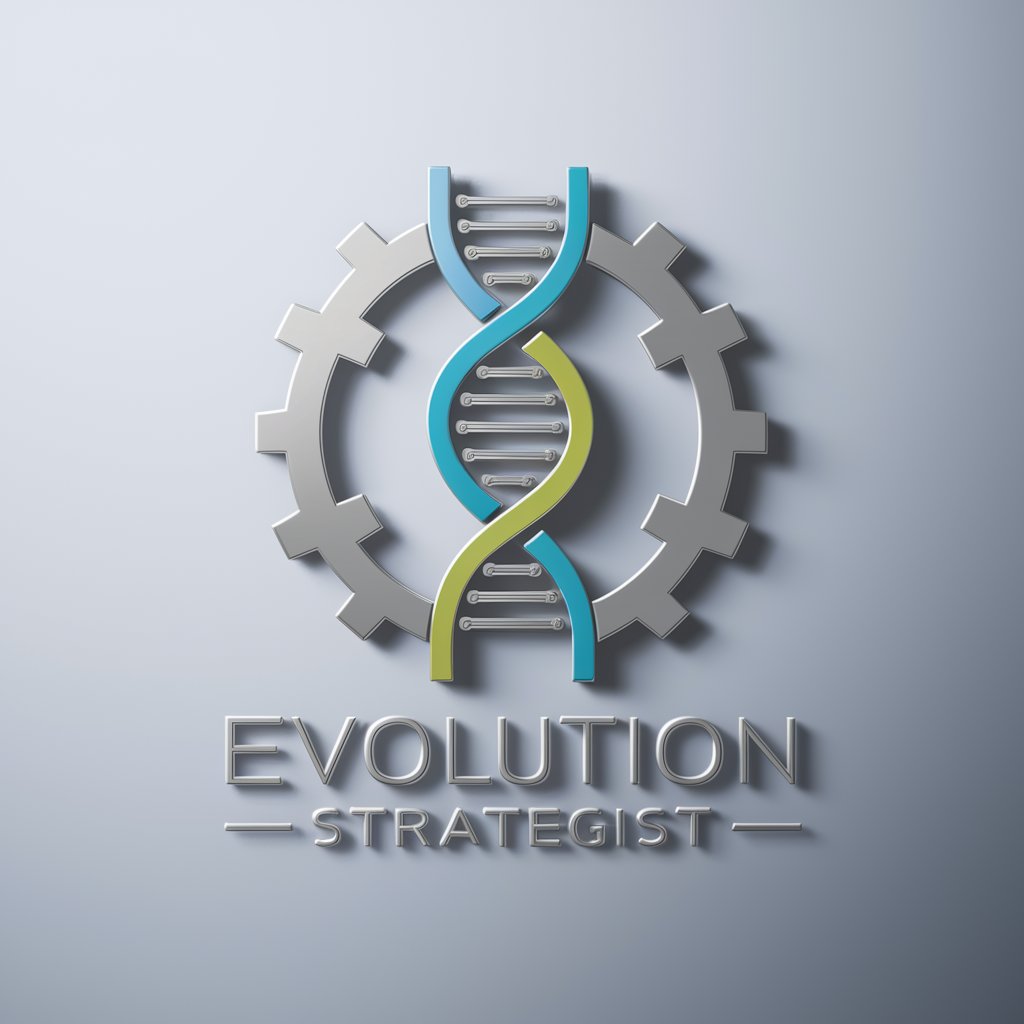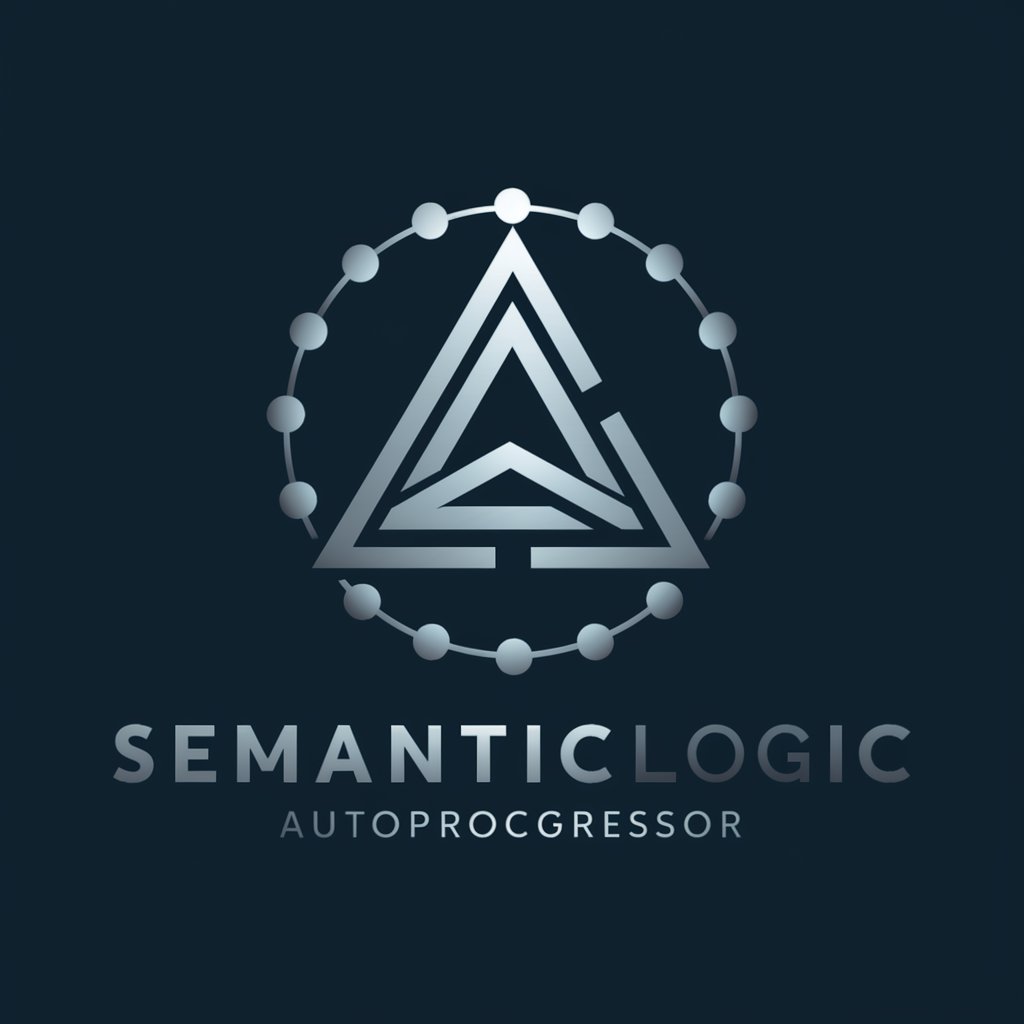5 GPTs for Optimization Tasks Powered by AI for Free of 2026
AI GPTs for Optimization Tasks are advanced artificial intelligence tools designed to solve and improve efficiency in various optimization problems. These tools, based on Generative Pre-trained Transformers, leverage large amounts of data to model complex systems and find optimal solutions across diverse fields. They are pivotal in customizing AI capabilities for specific optimization tasks, enhancing decision-making, and streamlining operations.
Top 5 GPTs for Optimization Tasks are: 数学建模助手,AMPL GPT,Python & Gurobi Master,Evolution Strategist,SemanticLogicAutoProgressor
数学建模助手
Power your research with AI-driven modeling.

AMPL GPT
Empowering optimization with AI

Python & Gurobi Master
Empowering optimization with AI

Evolution Strategist
Optimize effortlessly with AI-powered strategies.

SemanticLogicAutoProgressor
Optimizing Decisions with AI Power

Key Attributes and Functions
AI GPTs for Optimization Tasks stand out for their adaptability and ability to handle a range of functions, from straightforward optimization problems to intricate scenarios requiring deep analytical capabilities. These tools feature advanced language understanding, dynamic problem-solving, and can integrate with technical environments for data analysis, web searching, and image generation. Special features include real-time optimization, predictive analytics, and scenario modeling, making them versatile tools in the optimization domain.
Who Benefits from Optimization AI Tools
These AI tools are designed for a broad audience, including novices seeking to understand optimization tasks, developers integrating AI into applications, and professionals in fields like logistics, finance, or manufacturing. They cater to users without programming skills through user-friendly interfaces and offer advanced customization for those with technical expertise, making them accessible and valuable across various levels of proficiency.
Try Our other AI GPTs tools for Free
Email Newsletters
Discover how AI GPTs for Email Newsletters revolutionize email marketing with automated content creation, personalized engagement, and optimized campaign strategies.
Data Compression
Explore AI GPTs for Data Compression: Leverage cutting-edge AI technology to optimize data storage and transfer, enhancing efficiency and accessibility for all user levels.
Bayesian Inference
Discover how AI GPTs for Bayesian Inference revolutionize data analysis, offering tailored, accessible solutions for probabilistic reasoning and decision-making.
Hospital Design
Explore how AI GPTs for Hospital Design are transforming healthcare facilities with innovative, data-driven planning and design solutions.
Client Experience
Discover how AI GPTs revolutionize client experience with personalized, efficient interactions. Enhance satisfaction and loyalty effortlessly.
Waxing Guide
Discover AI-powered Waxing Guides, your ultimate source for personalized waxing advice, tutorials, and product recommendations. Enhance your waxing routine with the latest in AI technology.
Expanding Horizons with AI Optimization
AI GPTs for Optimization Tasks are revolutionizing how industries approach efficiency and problem-solving. These tools offer customized solutions, adapt to specific sector needs, and integrate with existing workflows, providing a seamless and powerful enhancement to optimization strategies. Their user-friendly interfaces ensure that they are accessible to a broad audience, from beginners to experts.
Frequently Asked Questions
What exactly are AI GPTs for Optimization Tasks?
AI GPTs for Optimization Tasks are specialized AI models designed to tackle and find the most efficient solutions for optimization problems, leveraging the power of Generative Pre-trained Transformers technology.
How do these tools differ from standard optimization software?
Unlike traditional software that relies on predefined algorithms, AI GPTs learn from data to understand and solve optimization problems dynamically, offering more flexible and adaptive solutions.
Can non-programmers use these AI GPT tools effectively?
Yes, these tools are designed with user-friendly interfaces that enable non-programmers to utilize them effectively for optimization tasks without needing in-depth coding knowledge.
What industries can benefit from using AI GPTs for Optimization?
Industries such as logistics, manufacturing, finance, healthcare, and energy can significantly benefit from these AI tools by optimizing their operations, reducing costs, and improving decision-making processes.
Are there customization options for developers?
Yes, developers can access APIs and coding interfaces to customize and integrate AI GPT tools with their systems for tailored optimization solutions.
What kind of optimization problems can AI GPTs solve?
These tools can address a wide range of problems, including resource allocation, scheduling, route optimization, supply chain management, and financial portfolio optimization.
How do AI GPTs adapt to complex optimization tasks?
AI GPTs adapt by analyzing vast amounts of data, learning from past outcomes, and using predictive analytics to model various scenarios and identify the most efficient solutions.
Can these tools integrate with existing systems?
Yes, AI GPTs for Optimization Tasks are designed for easy integration with existing systems, allowing for seamless workflow improvements and enhanced optimization capabilities.